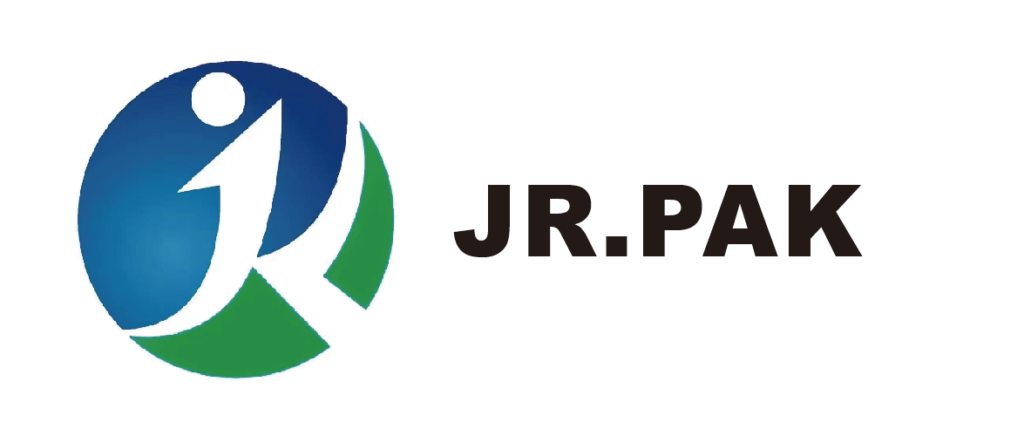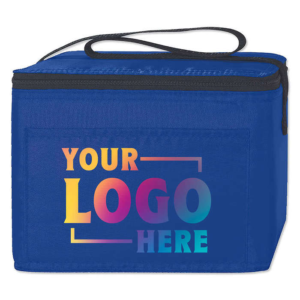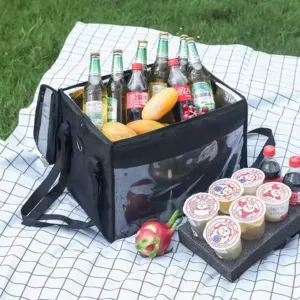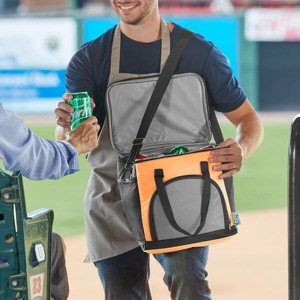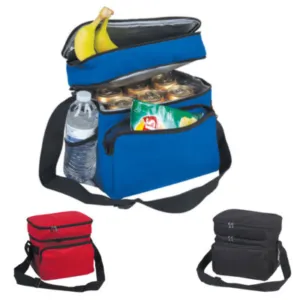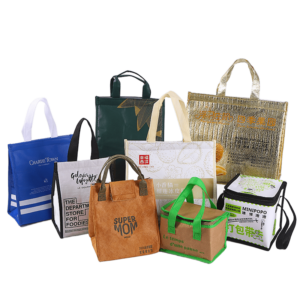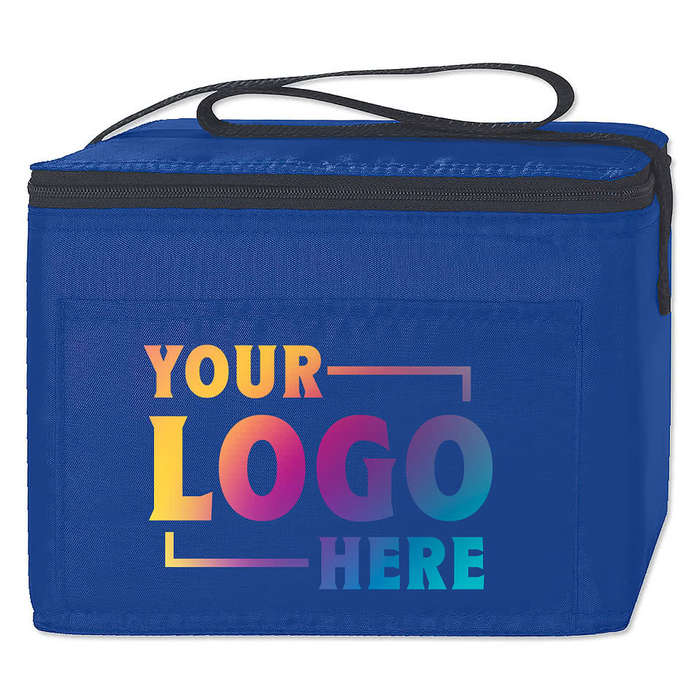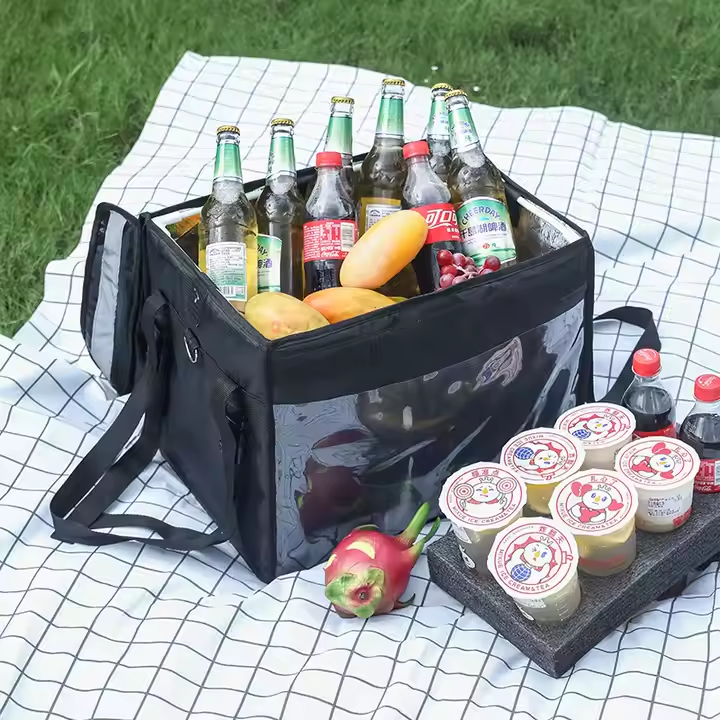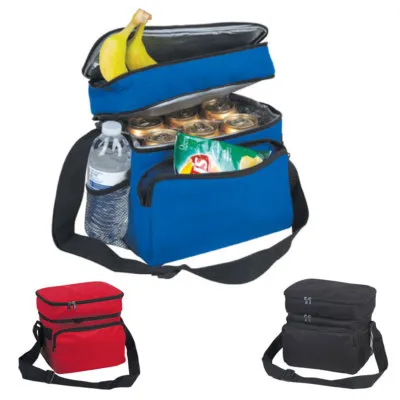Reducing the production cost of PP woven bags is essential for maintaining profitability in a competitive B2B market. This article presents 10 practical strategies based on current industry trends and manufacturing insights.
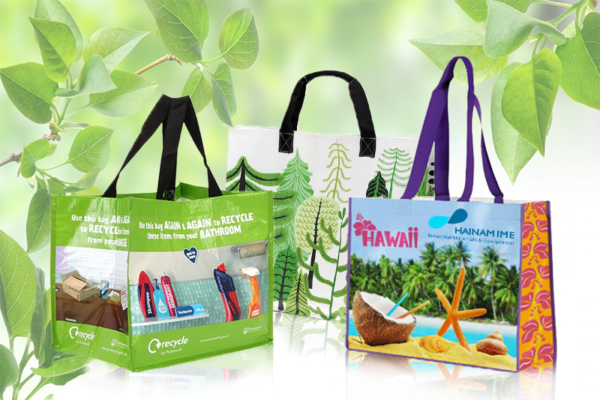
These 10 methods reduce the production cost of polypropylene (PP) woven bags without compromising quality. Use them to improve profit margins while maintaining output efficiency.
Keep reading to discover which strategies are most suited to your operation size and market.
1. Order in Bulk to Leverage Economies of Scale
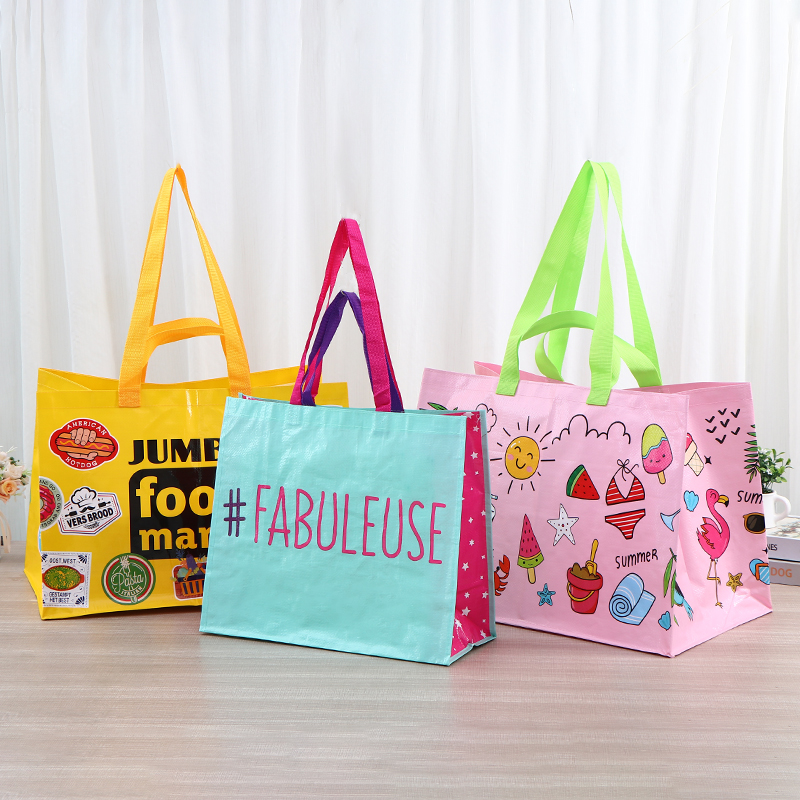
Large-volume orders reduce per-unit costs and improve logistics efficiency.
How Bulk Ordering Lowers Costs
Ordering in larger batches spreads fixed production costs—such as machine setup, quality inspection, and freight—across more units. This significantly reduces cost per bag. Suppliers often offer lower pricing tiers based on quantity, helping manufacturers save 5%–15% on material and labor.
For international buyers, bulk orders minimize customs paperwork per unit and optimize container space usage. This reduces both administrative and shipping costs.
Bulk Order Advantage Table
| Order Quantity | Cost Per Unit | Shipping Cost Efficiency | Discount Potential |
|---|---|---|---|
| 1,000 | High | Low | Minimal |
| 10,000 | Medium | Medium | Moderate |
| 100,000+ | Low | High | High |
2. Simplify Bag Design and Features
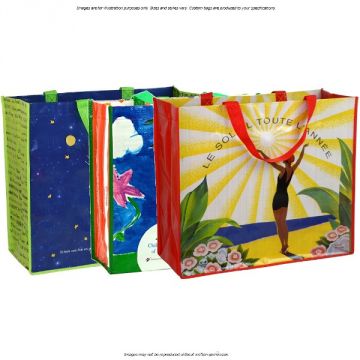
Reducing complexity in design leads to faster production and lower costs.
The Impact of Simpler Designs
Complex shapes, added pockets, zippers, or reinforced linings increase both material usage and labor time. Instead, standard rectangular designs with single stitching and minimal accessories enable faster production with fewer errors.
Customizations like die-cut handles, laminated coatings, or embossed prints should be reserved for premium bags. For budget promotions, simpler designs are more economical.
Complexity vs. Cost Comparison
| Design Feature | Cost Impact | Recommended Use Case |
|---|---|---|
| Flat Base, No Gusset | Low | Supermarkets, low-cost promos |
| Reinforced Handles | Medium | Heavy product carriers |
| Multiple Compartments | High | Premium retail or tech packaging |
3. Optimize Printing Techniques
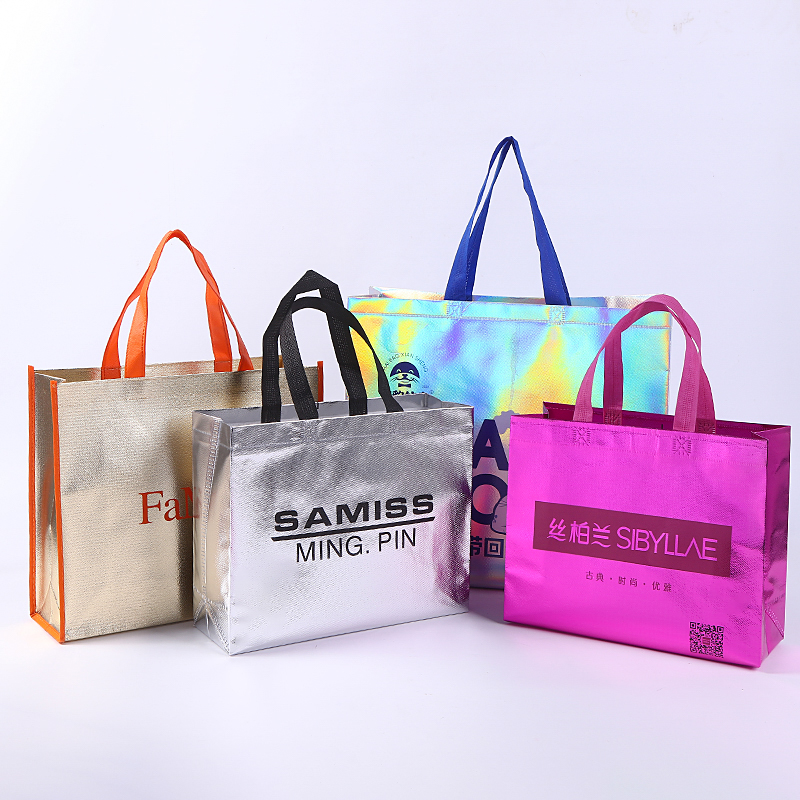
Choosing the right printing method reduces cost while keeping branding visible.
Cost-Efficient Printing Choices
Flexographic printing is more affordable than gravure or offset printing, especially for large batches. It supports fast setup and works well with simple 1–2 color designs. To reduce costs further, minimize gradients, halftones, or complex patterns.
Digital printing, while flexible for small orders, often comes at a higher per-unit cost. Stick with flexo or screen printing for wholesale customization.
Printing Method Comparison
| Method | Ideal Order Size | Setup Cost | Per-Unit Cost | Best For |
|---|---|---|---|---|
| Flexographic | Large | Low | Low | Bulk branded bags |
| Screen | Small–Medium | Medium | Medium | Simple logo applications |
| Digital | Small | Low | High | Limited editions or samples |
4. Minimize Material Use Without Compromising Quality
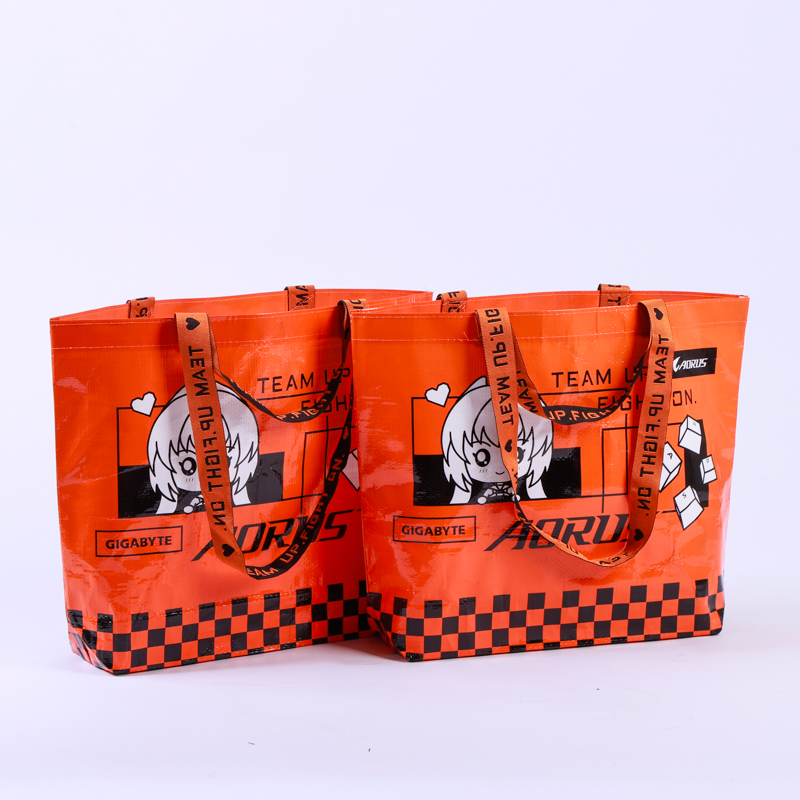
Use optimized fabric thickness to cut cost while retaining strength.
Smart Material Reduction Strategies
Using slightly thinner PP fabric (e.g., 70gsm instead of 90gsm) can save significant raw material costs. However, the bag must still meet strength requirements. Blending recycled PP[^1] into the material mix can also reduce resin expenses.
Avoid overengineering. For example, unless carrying heavy loads, there's no need for a reinforced base or dual linings.
Fabric Thickness Comparison
| GSM (Grams/Sq Meter) | Typical Usage Load | Cost per Sq Meter | Durability Rating |
|---|---|---|---|
| 60–70 gsm | Light items | Low | Fair |
| 80–90 gsm | Medium load | Medium | Good |
| 100+ gsm | Heavy-duty use | High | Excellent |
5. Streamline Manufacturing Processes
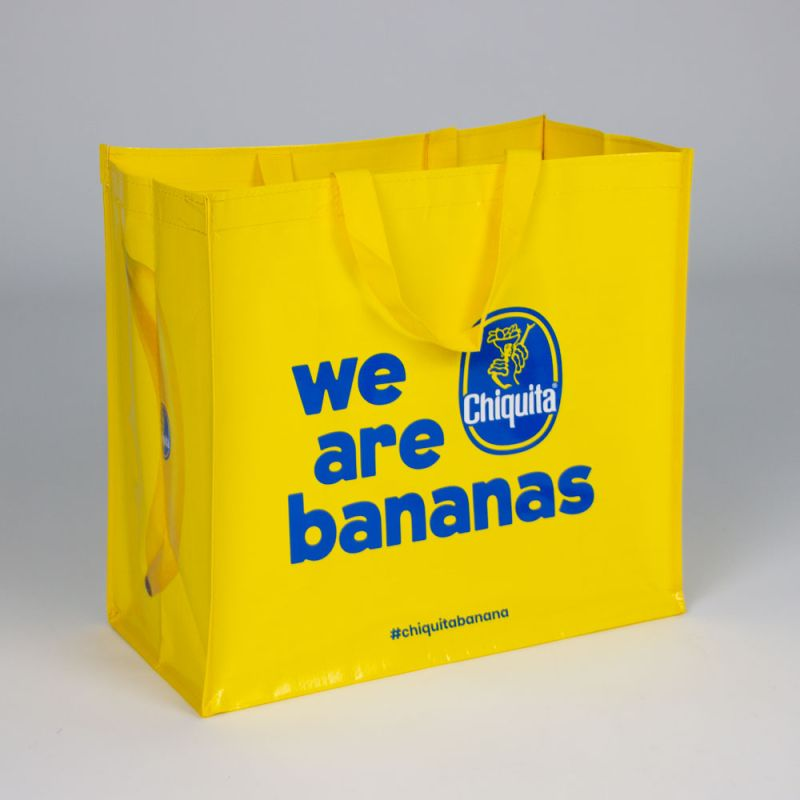
Improving production efficiency[^2] cuts labor time and reduces defects.
Why Manufacturing Workflow Matters
A disorganized workflow leads to delays, waste, and inconsistent quality. Streamlining includes rearranging workstation layouts, using pre-cut rolls, and minimizing manual tasks with automation. Simple process mapping can reveal bottlenecks and improve throughput.
Worker training and standardized production routines also reduce errors, rework time, and wasted materials.
Process Optimization Checklist
| Improvement Area | Cost Benefit | Implementation Difficulty |
|---|---|---|
| Machine Layout | Faster transitions | Medium |
| Worker Training | Fewer mistakes | Low |
| Automation | Lower labor costs | High |
6. Negotiate Better Supplier Pricing and Payment Terms
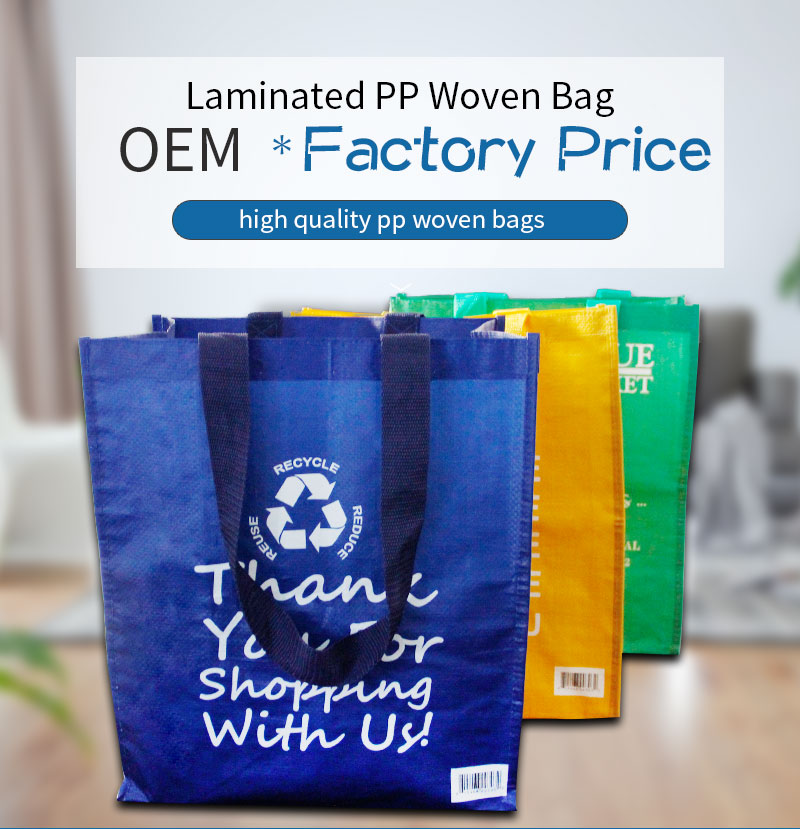
Supplier partnerships can unlock material discounts and cash flow flexibility.
How to Improve Vendor Deals
Long-term supply contracts or repeat orders often qualify for volume discounts. Negotiating better payment terms—such as 60-day terms or partial prepayments—improves cash flow and allows manufacturers to invest more in production tools or materials.
Build strong relationships through clear communication and prompt payments. This encourages suppliers to prioritize your orders and offer better terms.
Negotiation Strategies Table
| Strategy | Benefit | Suitability for SMEs |
|---|---|---|
| Annual volume contract | Fixed pricing, priority | High |
| Partial consignment | Lower upfront costs | Medium |
| Flexible delivery terms | Storage and inventory control | High |
7. Energy Consumption Efficiency
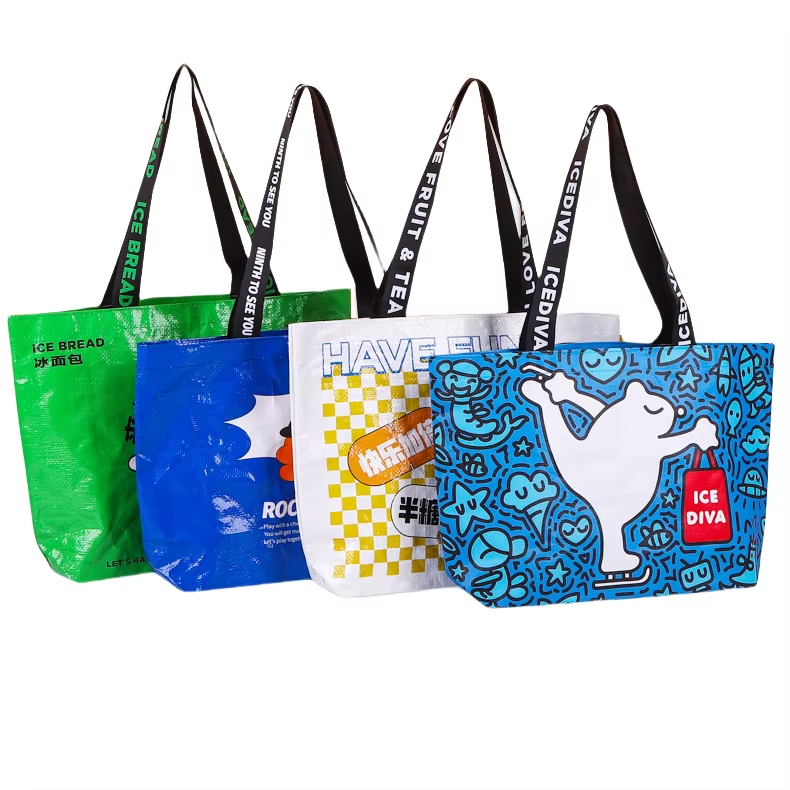
Energy-efficient operations can reduce long-term overhead.
Reducing Energy Costs in Production
Upgrading to energy-efficient motors, optimizing lighting, and scheduling heavy production during off-peak hours can reduce electricity bills. Also, sourcing from regions with lower energy rates may offer savings over time.
Monitoring equipment power consumption and performing regular maintenance helps prevent inefficiencies.
Energy Efficiency Actions
| Action | Monthly Savings Potential | Difficulty Level |
|---|---|---|
| LED Factory Lighting | Moderate | Low |
| Efficient Compressors | High | Medium |
| Off-Peak Production | Moderate | Low |
8. Optimize Sealing and Stitching Methods
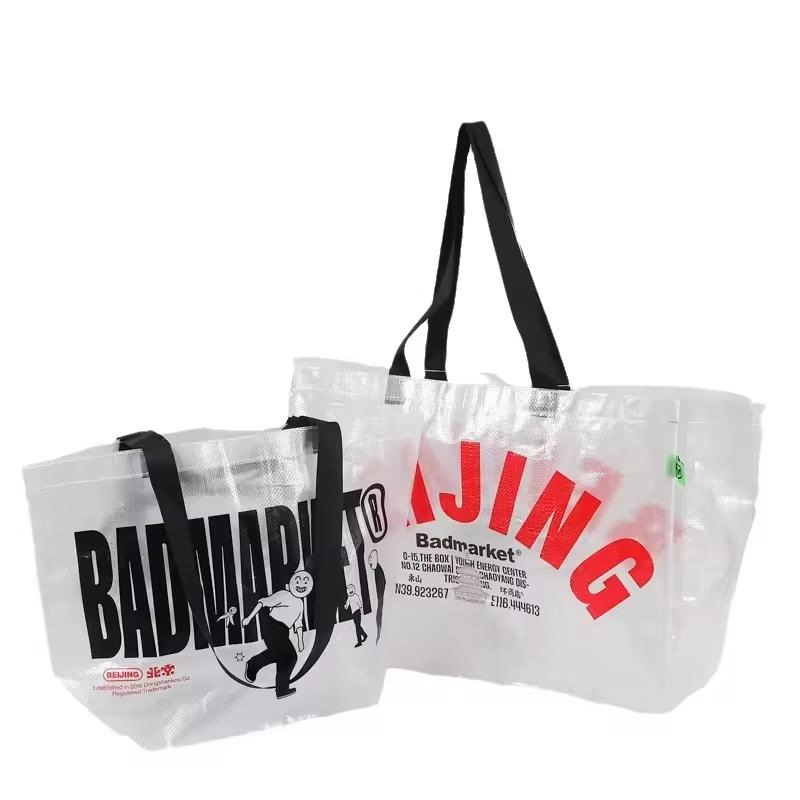
Choose stitching types based on application to avoid overproduction costs.
Cost-Saving Seal Alternatives
Reinforced seams are important for heavy-duty bags, but often unnecessary for lightweight items. Basic single-line stitching or ultrasonic sealing can suffice for budget-friendly bags. Avoid complex seam overlaps unless required by the client's use case.
Automated stitching also improves speed and consistency.
Stitching Cost Matrix
| Stitch Type | Strength | Cost | Use Case |
|---|---|---|---|
| Single Line Stitch | Basic | Low | Retail and giveaways |
| Double Reinforced | Strong | High | Cement, fertilizer bags |
| Ultrasonic Bonding | Medium | Medium | Reusable shopping bags |
9. Reduce Shipping Costs Through Consolidation
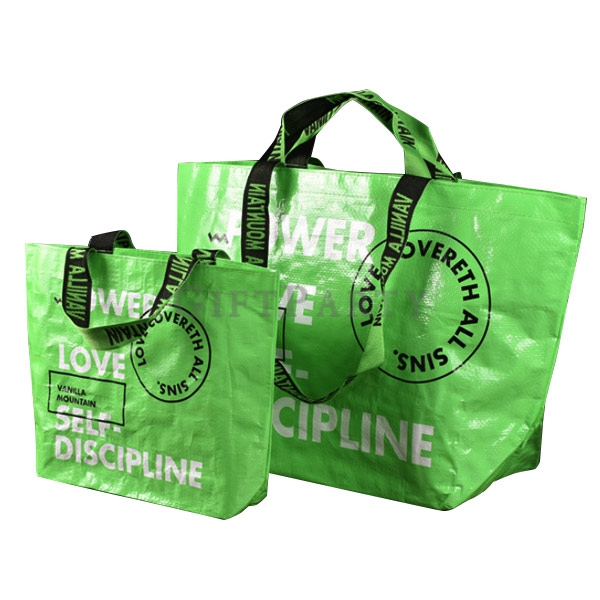
Efficient logistics improve margins in global supply chains.
Shipping Consolidation Benefits
By consolidating production lots into fewer shipments, businesses reduce customs processing fees and freight charges. Maximizing container space and planning full container load (FCL) shipments lowers the per-unit shipping rate.
Avoid multiple small shipments that increase documentation, handling, and risk of delays.
Container Optimization Table
| Container Load Type | Cost Efficiency | Common Use Case |
|---|---|---|
| LCL (Less Container Load) | Low | Urgent or small orders |
| FCL (Full Container Load) | High | Bulk exports |
10. Invest in Advanced Technology and Automation
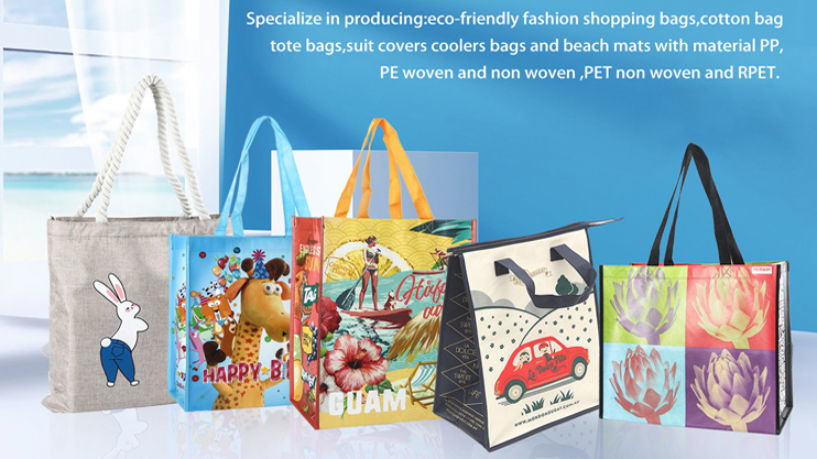
Automation reduces labor costs and ensures consistent quality.
Why Automation Pays Off
Machines like auto-cutters, laminators, and robotic arms speed up repetitive tasks and lower labor dependency. Though the upfront cost is high, the ROI is significant over time through reduced errors, lower scrap rates, and 24/7 productivity.
Automation is especially effective in large-scale PP woven bag manufacturing where consistency and volume are key.
ROI Table for Automation
| Equipment Type | Initial Cost | Labor Saving | ROI Timeline |
|---|---|---|---|
| Auto Cutter Machine | Medium | High | 6–12 months |
| Automatic Stitching | High | High | 12–18 months |
| Lamination Unit | Medium | Medium | 6–9 months |
Conclusion
Cutting costs in PP woven bag production doesn’t have to mean sacrificing quality. These 10 strategies—from ordering in bulk to embracing automation—allow factories to produce efficiently and competitively. At JiaRong Packing, we apply many of these methods in our own operations to support clients with competitive pricing and high product standards.
If you're looking to improve margins or reduce costs in your bag business, leave a comment or reach out—we’re happy to share tailored suggestions.
---
[^1]: Discover the cost benefits of incorporating recycled materials into your production.
[^2]: Understanding production efficiency can help you identify areas for improvement.